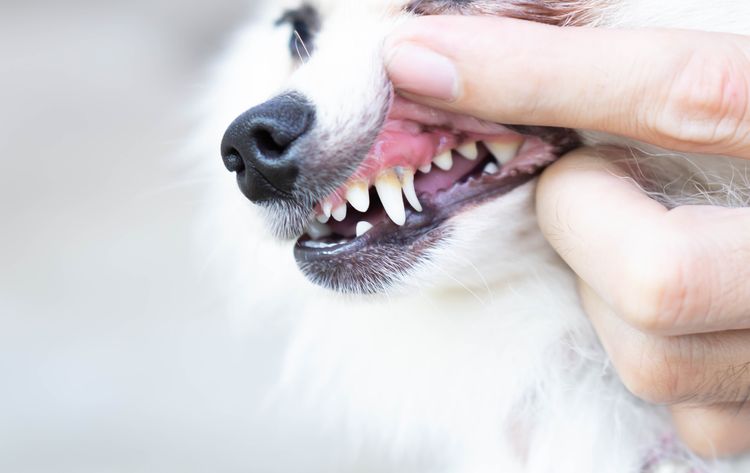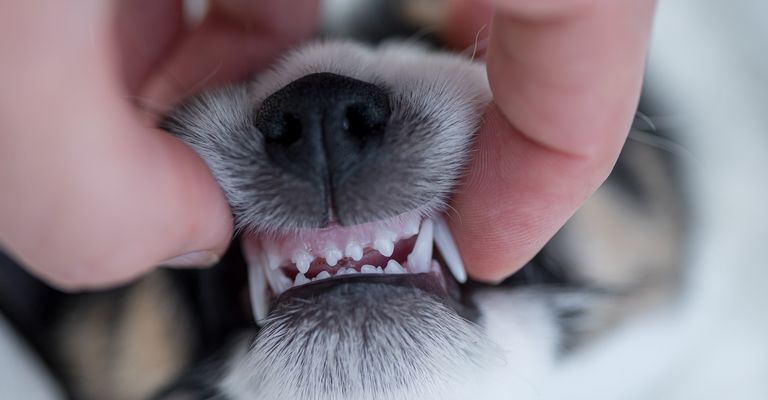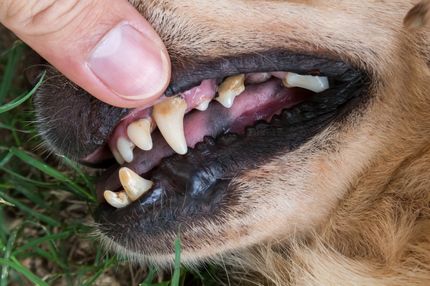In veterinary medicine, pale mucous membranes are often an indication of various health problems in dogs. This blog post explains five common causes of pale mucous membranes in dogs and gives tips on how owners can respond. It is important that such symptoms are taken seriously and that veterinary help is sought if necessary.
1. anemia
Anemia, a condition in which the number of red blood cells or their hemoglobin content decreases, is often identified as the cause of pale mucous membranes. Various factors, such as blood loss, iron deficiency or the destruction of red blood cells, can lead to this.
Tips for treatment:
- A veterinary examination is recommended to diagnose the cause of the anemia.
- Depending on the cause, treatment with iron supplements, blood transfusions or medication may be necessary.
2. internal bleeding
Internal bleeding caused by injuries, ulcers or diseases of the internal organs can also lead to pale mucous membranes. These are often not immediately visible and require rapid diagnosis.
Tips for treatment:
- Immediate veterinary attention is required to locate and treat the source of the bleeding.
- In severe cases, surgery may be necessary.
3. cardiovascular diseases
Cardiovascular diseases that cause insufficient blood flow can also contribute to pale mucous membranes. Conditions such as heart failure or cardiac arrhythmia affect blood circulation.
Tips for treatment:
- A thorough veterinary examination, including ECG and ultrasound, may be required.
- Treatment may include medication to support heart function.
4. shock
Shock, caused by severe injury, infection or severe dehydration, leads to a drastic reduction in blood circulation and can cause pale mucous membranes.
Tips for treatment:
- Shock is an emergency that requires immediate veterinary attention.
- Fluid replacement and special medications may be necessary to stabilize blood pressure.

5. dehydration
Dehydration, often a result of insufficient fluid intake or excessive fluid loss, can lead to pale mucous membranes. This can occur with conditions such as diarrhea or vomiting.
Tips for treatment:
- Adequate fluid intake is crucial.
- In severe cases, intravenous hydration may be necessary under veterinary supervision.
In summary, pale mucous membranes in dogs are an important warning sign that should not be ignored. Early detection and treatment by a veterinarian can be crucial to ensure your dog's health and well-being.




















